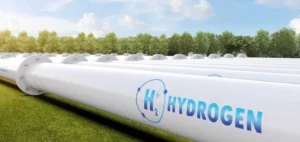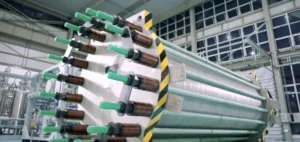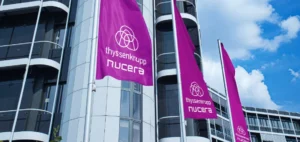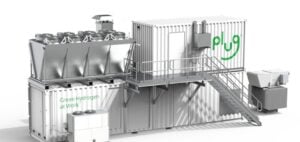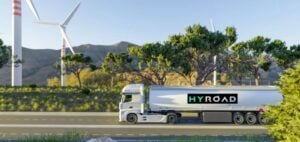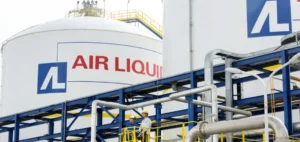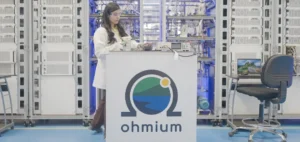In Easington, East Yorkshire, UK, Centrica and Equinor sign a renewable hydrogen cooperation agreement.
A region in transition
In Easington, the cooperative plan is to turn an area operated by Centrica into a hydrogen production center. Indeed, the goal is to develop low-carbon hydrogen production over the next decade. Thus, this project would support the Humber region’s decarbonization ambitions.
Easington, with this Equinor and Centrica project, would enable the UK to meet its net zero emissions and hydrogen production targets. In addition, the project will also preserve existing jobs at this historic gas terminal. In addition, one third of the UK’s total gas supply passes through Easington.
An ideal location
The Easington site is located near large offshore wind farms. Thus, the region has some potential for blue and green hydrogen production. In addition, the area is a strategic point for carbon capture.
The area is one of the landing points for the East Zone Cluster, a carbon capture pipeline. It transports CO2 for deep storage under the seabed. This makes it a key location within the Zero Carbon Humber, providing pipelines between major energy producers.
A political will
Centrica and Equinor expect the Easington terminal conversion to produce 1GW of renewable hydrogen. Both partners estimate that buyer demand increases to 200MW. For example, Grete Tveit, Senior Vice President for Low Carbon Solutions at Equinor, says:
“The Humber is in a unique position to lead the way in industrial decarbonization, with Equinor’s Hydrogen to Humber (H2H) projects at the forefront of this transition. Partnering with Centrica to potentially develop a new hydrogen hub at one of the UK’s most important industrial sites could help transform the energy mix in this region while preserving and creating jobs and skills.”
The British government doubled its hydrogen production ambition for 2030. Indeed, London wants to reach a capacity of 10GW of which at least half comes from renewable hydrogen. Equinor’s ambition is to reach nearly one fifth of this national target by generating 1.8GW of hydrogen production.









